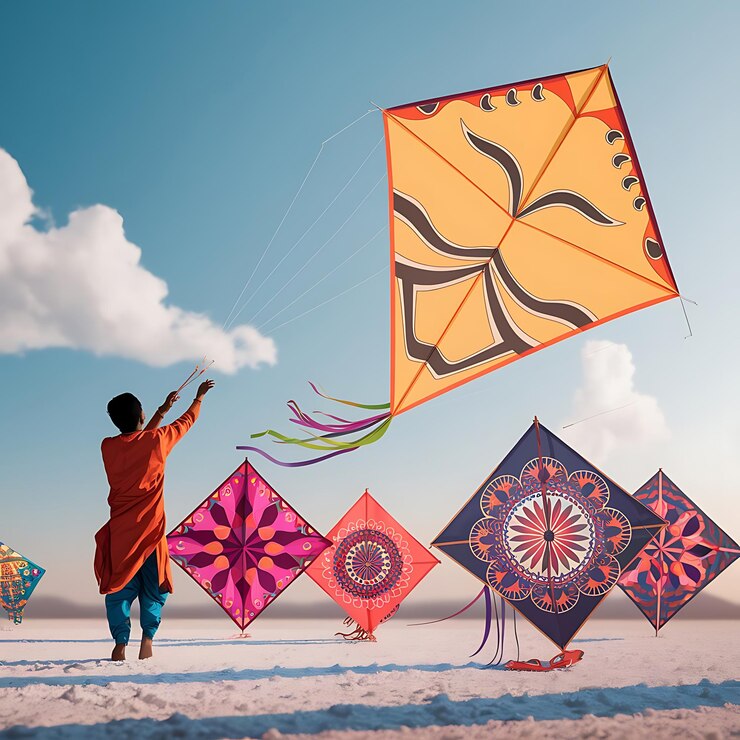Traditional vs Modern Kite Festival Trends in India showcase a dynamic blend of heritage and innovation. At India Kite Club, we delve into the rich tapestry of kite festivals, where age-old customs meet contemporary flair, creating a unique cultural spectacle.
Traditional vs Modern Kite Festival Trends in India highlight the transformation of a simple pastime into a grand celebration. From handcrafted kites to high-tech designs, the evolution reflects the country’s adaptability and creative spirit.
Related:-
Best Kites for Every Wind Condition
Exploring the Evolution:
1. Historical Significance of Kite Festivals
Kite flying in India dates back centuries, symbolizing freedom and joy. Historically, it was a royal pastime that gradually became a popular activity among all social classes, especially during festivals like Makar Sankranti.
2. Modern Innovations in Kite Design
Today’s kites are not just paper and string; they incorporate materials like nylon and polyester, with designs ranging from superheroes to LED-lit creations, reflecting modern aesthetics.
3. Regional Variations Across India
Different states celebrate kite festivals uniquely. In Gujarat, the International Kite Festival is a major event, while in Punjab, kite flying is integral to Lohri celebrations, each adding regional flavors to the tradition.
4. Economic Impact and Local Artisans
The kite industry supports thousands of artisans, especially in Gujarat, where kite-making is a significant economic activity, providing livelihoods and preserving traditional craftsmanship.
5. Environmental Considerations
With the rise of synthetic materials, concerns about environmental impact have led to initiatives promoting eco-friendly kites, encouraging a balance between tradition and sustainability.
FAQs:
Q1:What is the significance of kite festivals in India?
A:They symbolize cultural heritage, marking occasions like Makar Sankranti, and represent joy, freedom, and community bonding.
Q2:How have kite designs evolved over time?
A:From simple paper kites to intricate designs using modern materials and technology, reflecting contemporary themes and innovation.
Q3:Are there major kite festivals in India?
A:Yes, notable ones include the International Kite Festival in Gujarat and regional celebrations in Punjab and Rajasthan.
Q4:How do kite festivals impact local economies?
A:They boost local economies by supporting artisans, increasing tourism, and promoting related industries like food and crafts.
Q5:What are the environmental concerns associated with modern kites?
A:The use of non-biodegradable materials raises concerns, leading to a push for eco-friendly alternatives to preserve the environment.
Conclusion:
Traditional vs Modern Kite Festival Trends in India reflect the nation’s ability to honor its heritage while embracing innovation. These festivals continue to unite communities, celebrate culture, and inspire future generations.

